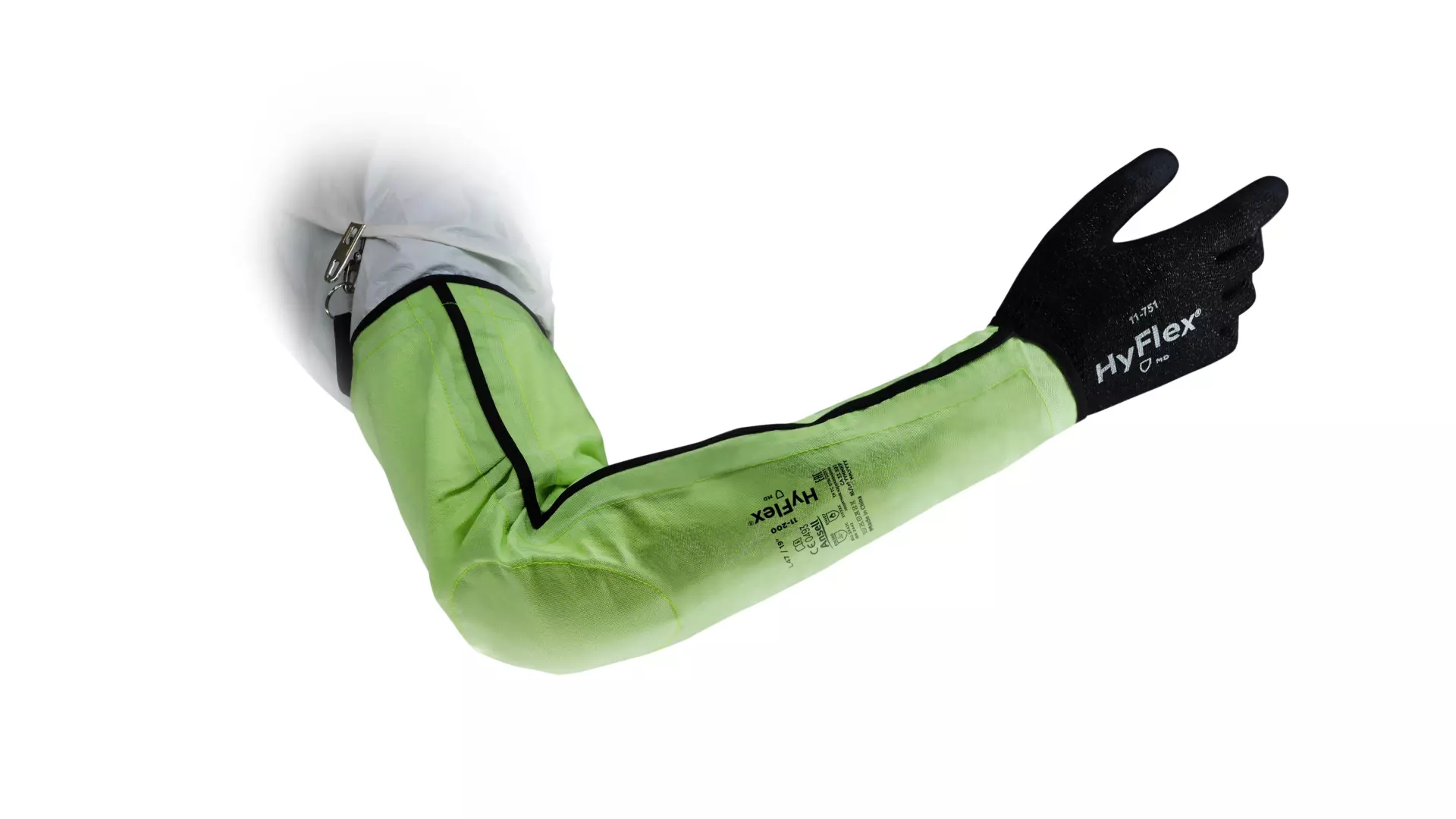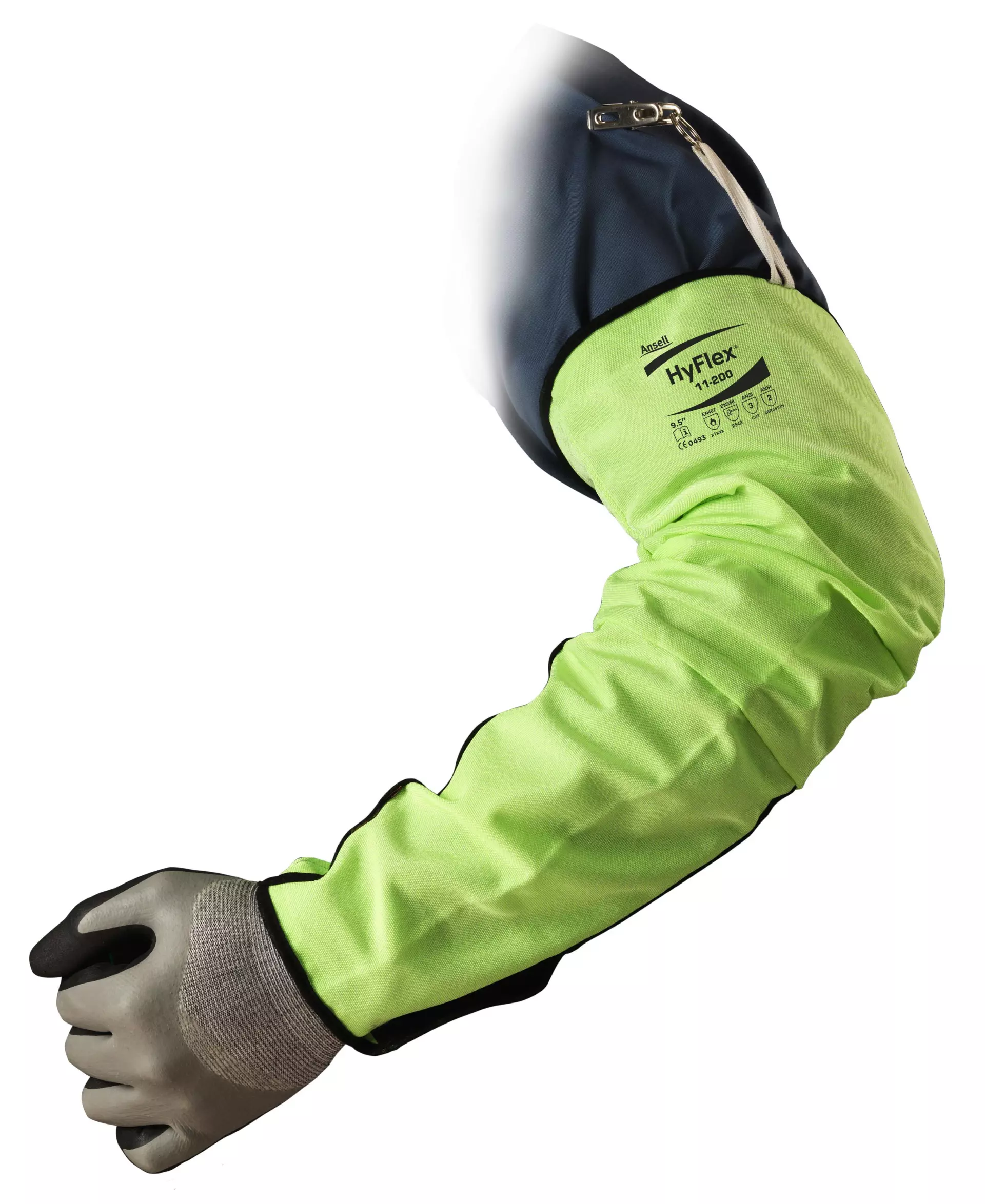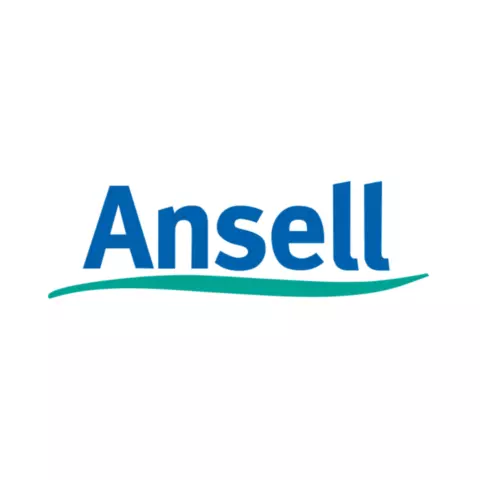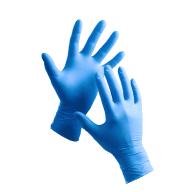Product description
Description
Advanced ergonomics: HyFlex® 11-200 protective sleeves’ ergonomic design and ample, adjustable sleeve space make for sweat- and itch-free everyday wear
Increased safety: Their high-visibility fabric makes these arm protection sleeves particularly safe in varying work environments
Heightened defenses: HyFlex® 11-200 protection sleeves offer ANSI A3/EN ISO C cut protection levels, for significantly improved workplace safety when paired with cut-resistant HyFlex® gloves
Improved durability: Beyond personal protection, they prove durable, with ANSI/EN-compliant abrasion resistance
Added practicality: HyFlex® 11-200 protective arm sleeves are held firmly in place with an alligator clip, while their washable nature helps reduce ownership costs
Recommended for
Handling structural and body components
Inspection, selecting, checking parts
Body panel repair and replacement
Glass repair and replacement
Seizing structural and body parts
Inspection (picking, checking and marking)
Touching up
Press shop operations
Metalwork, glass processing
Product Details
Antistatic : Yes
Length : 19" - 475 Mm
Width : One Size Fits All
Construction : Knitted
Cuff Style : Knitwrist Without Thumbslot
Gauge : 13
Latex Free : Yes
Liner Color : Fluorescent Yellow
Liner Material : Nylon, Polyester, Fiber Glass
Silicone Free : No
Washing Temperature : 40 °C (104 °F)
About Cut Resistant Sleeve
Cut Resistant Sleeves provide essential arm protection against lacerations and abrasions in hazardous work environments. Made with specialized cut-resistant fibers, these durable arm coverings offer comfort and flexibility while safeguarding against workplace injuries in manufacturing, construction, and industrial settings.
- Heat & Flame Resistance
- High Visibility
- Electrical Protection
- Machine Washable
Standards and labels
Ansell delivery terms
Free delivery for all Ansell products
11 148,57 kr
Price per 6 packages (72 pairs)
154,84 kr / pair
Free delivery
A carton contains 6 packages (72 pairs)




